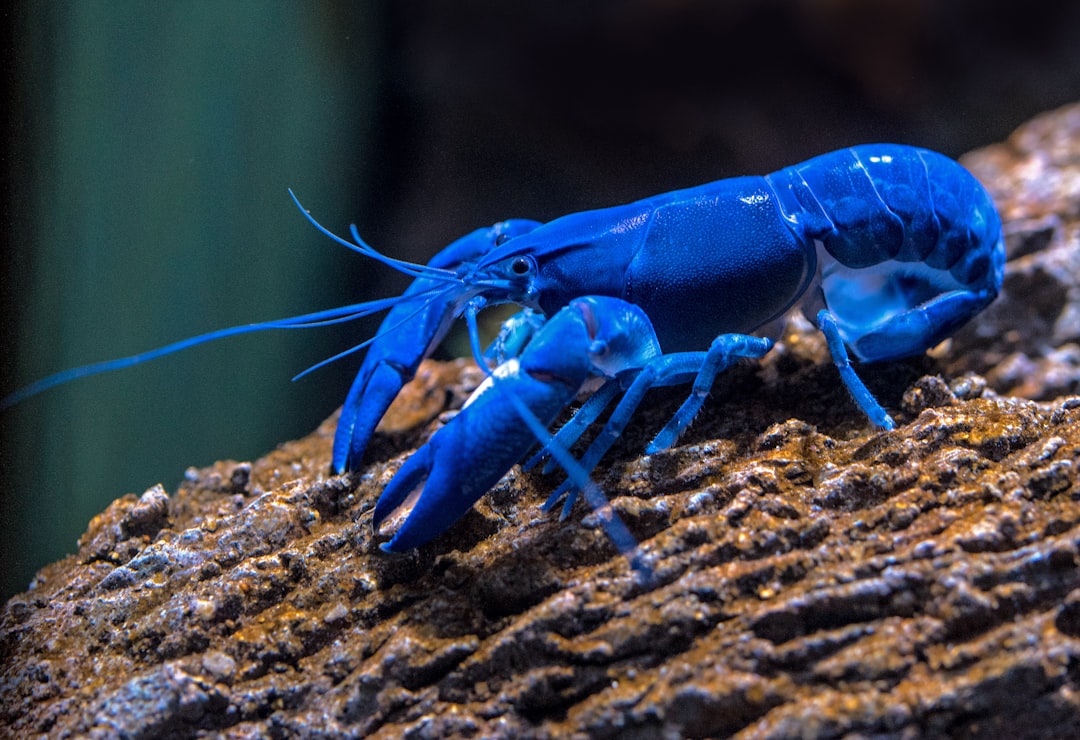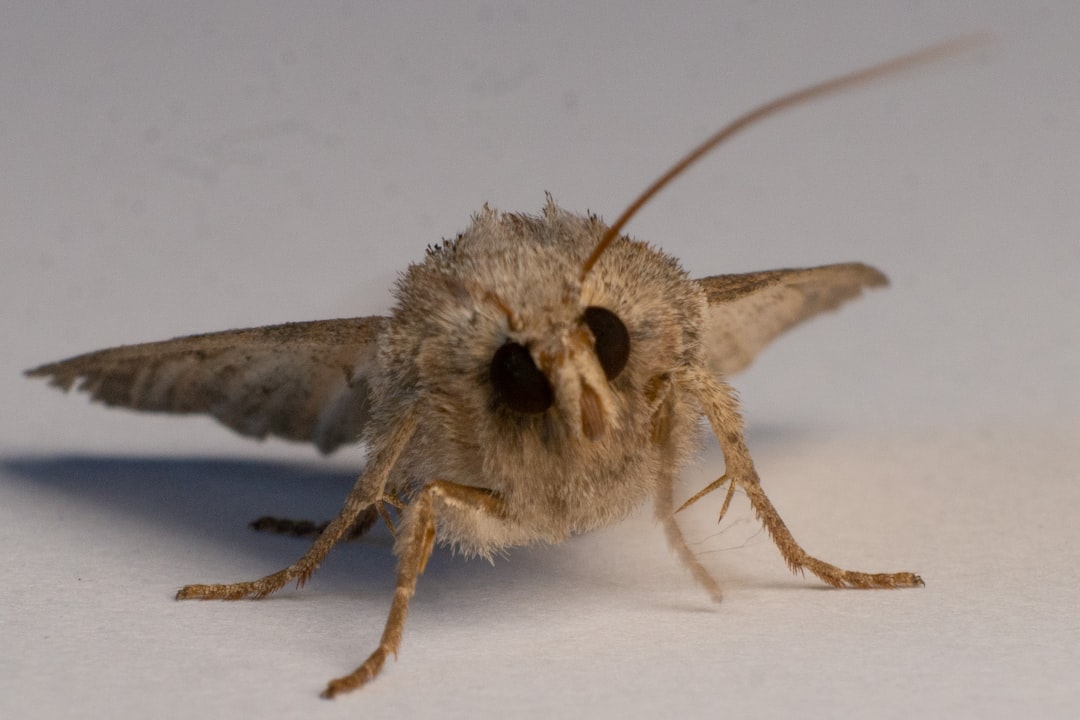What is it about?
After the ban on antibiotics use in poultry diet, organic acid treatments composed of individual acids and blends of several acids have been found to perform antimicrobial activities similar to those of antibiotics. As a group of chemicals, organic acids are considered to be any organic carboxylic acid of the general structure R-COOH (including fatty acids and amino acids). The short-chain acids (C1–C7) are associated with antimicrobial activity. They are either simple mono-carboxylic acids such as formic, acetic, propionic and butyric acids or carboxylic acids with the hydroxyl group such as lactic, malic, tartaric and citric acids or short-chain carboxylic acids containing double bonds like fumaric and sorbic acids.
Featured Image
Why is it important?
This review showed that organic acid supplementation, irrespective of type and level of acid used, had a beneficial effect on the performance of broiler and layer chicken. Some organic acids are more effective against acidintolerant species such as E. coli, Salmonella and Campylobacter. Organic acids significantly increased the villus width, height and area of the duodenum, jejunum and ileum of broilers.
Perspectives
I hope this article will be more useful for all stakeholder. Nutritionists can use organic acids in poultry diets alternate of antibiotics.
Sohail Hassan Khan
Read the Original
This page is a summary of: Recent advances in the role of organic acids in poultry nutrition, Journal of Applied Animal Research, September 2015, Taylor & Francis,
DOI: 10.1080/09712119.2015.1079527.
You can read the full text:
Contributors
The following have contributed to this page










